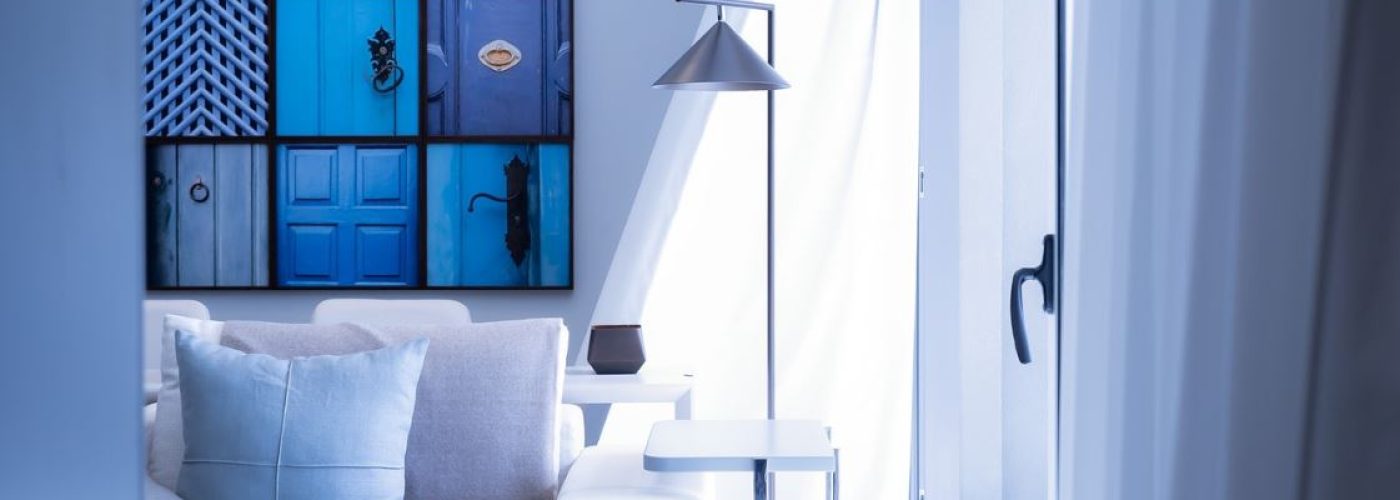There is no cap on the impact or capabilities of technology. From phones to laptops, from satnav to Google Earth, the boundaries of what the latest devices and gadgets can do are constantly being pushed forward. Now, the home itself is starting to evolve with the times too, being redefined into what’s now commonly known as a smart home.
Moreover, these kinds of households are absolutely on the rise. In fact, it’s been reported that 23% of Britons now own at least one smart home device, and that number is expected to grow exponentially in the near future too. It’s exciting and intriguing, signalling greater changes on the horizon.
Consequently, let’s briefly chronicle what’s sparking the rise of the smart home.
Consumer Driven
The smart home is amassing more and more popularity with every passing day. Technology is making life easier, and safer, for a lot of people, to the point now that it’s being regularly integrated into the very core of people’s homes. Few people go for more than a few hours without a glance at social media or playing a games console; the demand for ease, efficiency and entertainment is higher than ever.
Ultimately, this is principally what made smart home technology possible. The UK is following in the footsteps of the US here, which is the most advanced smart home market at the time of writing. Whether its people wanting the latest toys at their disposal or greater disability access in their homes, the smart home industry is undoubtedly consumer driven. It’s a wide market indeed, and it caters to literally every homeowner in some capacity.
Increasing Property Values
What’s new is also, usually, expensive. Therefore, it’s the consensus that smart homes do in fact add significant amounts of value to any given property that utilises them. Supplying the home with unique and quirky gadgets that truly enhance the property is something that many people are becoming interested in – particularly if they’re looking to sell property and attract buyers.
Ultimately, this leads to a further facilitation of smart home appeal. It’s that extra draw and incentive to take the plunge and move to a new area, where before buyers would be cautious and apprehensive. It gives the entire market a bit of a much needed kick and a shot of vigour, causing speedier transactions and quicker moves.
Construction Changes
Gradually, the construction industry will likely understand the influence, and demand, the smart home industry is attracting. Retrofitting to implement these changes is still the most common way of integrating smart home technologies into a domestic setting. That said, some building businesses will probably begin to outfit these kinds of homes from the outset, with all the latest technological bells and whistles too.
Building smart homes instead of eventually retrofitting common homes will undoubtedly slash costs and save time. It’s a simpler way forward that streamlines the entire process, allowing the nifty products to be made available right away. Of course, this will then lead to a further rise in the appeal of the smart home; it’s less legwork to buy a smart home upfront, than to laboriously make alterations and adjustments as time goes on.





